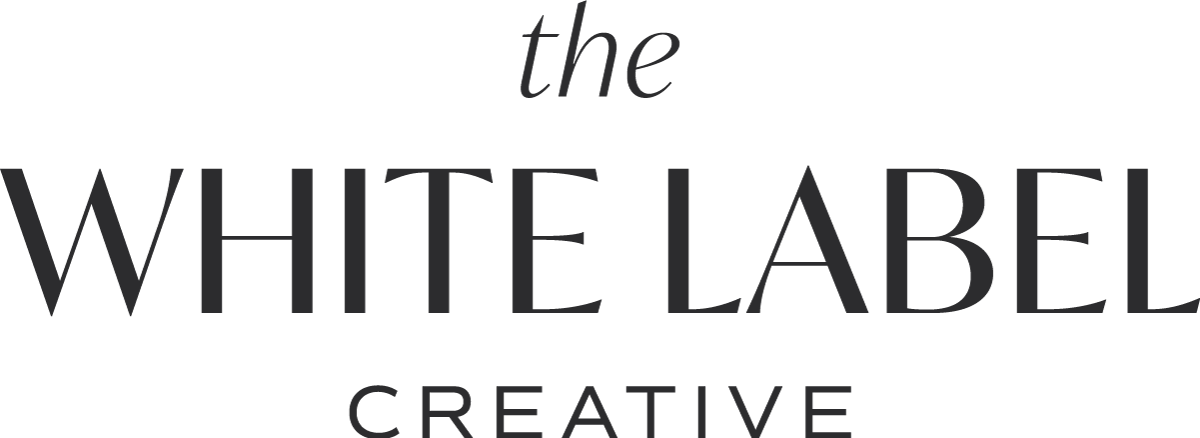The first step of marketing for any company involves understanding your firm’s value-add. To fully understand the value that your company provides to your clients, ask yourself these questions:
What do I provide to my clients?
If you provide a product, include the services that accompany the product. If you provide a service, include the tangible items that come with your service. Your firm needs to determine what need is met by your business. Do you solve a problem for your client? Do you provide an opportunity for your client? Understanding this will help your marketing message align with what you are actually selling. Let us elaborate. Starbucks, a famous coffee shop founded in Washington, sells coffee among other beverages and light snacks. In addition, Starbucks has created an atmosphere in their locations. Customers go to Starbucks not only to consume the food and drink, but to work, study, and host meetings. Starbucks offers free wireless internet connection and usually has many seating options in their coffeeshops because the atmosphere aspect of Starbucks is a large part of their competitive advantage. Starbucks’ marketing messages would be incomplete without including the atmosphere as that is what attracts many customers to their coffee shop.
Who is my ideal client?
Everyone is not your client. A children’s game about value teaches this lesson well. The child is instructed to hold a plastic egg while attempting to pick up as many coins as possible in their two hands. Most often, the child will end up dropping the egg in order to obtain more pennies. At the end of the game, the egg is opened to reveal a $20 bill. The lesson learned: do not spend all your efforts reaching for something of lesser value. In business, your ideal clients – the clients that your product or service best serves – are your $20 bills. They will reap more income and more referrals per client than ten clients not in your target market. Understanding your ideal client will make your marketing specific and targeted, which boosts your credibility and likeability as a business.
In which industry do I categorize myself?
Your industry will attract the right prospects and will help your clients quickly understand what you do. This is especially important for niche firms or firms that cross industries. For example, if your business is a real estate firm that works exclusively with physicians to locate spaces for their offices, your industry would be real estate, not healthcare. Clients should come to you with real estate-related questions, not diseases and ailments. If you have trouble with determining your industry, imagine you are a potential client searching for your business’ product or service. A potential client that is a doctor will not search for businesses in the healthcare industry when they are searching for real estate. They will search for the service they are looking for, rather than the type of client your business is looking for.
Who are my competitors?
A large part of understanding your business’ competitive advantage is understanding the competition. Think about all your competitors, not just the ones in your industry. For example, if you are a public speaker, perhaps the venue coordinator or the event organizer would fill your spot with an entertainer – a comedian, a hypnotist, or a juggler – if you could not attend. In that case, other public speakers are not your only competitors.
What makes my firm different from the competition?
Once you study your competition, you can identify which aspects of your business are the same or similar and which aspects are different. You will want to point out to your prospects exactly what differentiates your firm. This will help you make a case for why they should choose your business over the competition.
What adjectives can I use to describe my company?
If you had to sum up your firm in only a few words, which would you use? Which words would be most important? Your business has a style and values that make the company unique and your marketing should reflect that. While “unpredictable,” “spontaneous,” and “wild” could all serve as great descriptors for a new roller coaster, they may make clients feel uncomfortable if used to describe an airline. Good descriptors can help your prospects get an idea of your firm’s personality, beyond only the products and services you provide.
Once you have answered these questions, you should have a good idea of the value that your company provides to your clients. The next step is to articulate it. The articulating phase should be transparent and consistent. Now that you know what makes your firm unique, tell your clients! On the front page of your website, visitors should be able to determine the product or service your firm provides, what makes your business special, and the personality of your business. They should not have to dig to find out what your business is about. Also, make sure to be consistent. Your website, social media, advertisements, and all the content you share should align. For example, if your website shows your firm is a laid-back, casual, modern tech company and your social media posts are formal and old-fashioned, clients and prospects will likely be confused. At worst, your clients will lose trust in your business because of inconsistent marketing. Marketing is meant to spread the good word about your business to attract your ideal customers, rather than convolute the message.
Marketing at its core is simple. Step 1: understand your value-add and step 2: articulate it.

